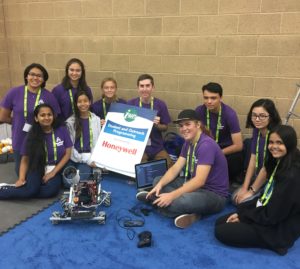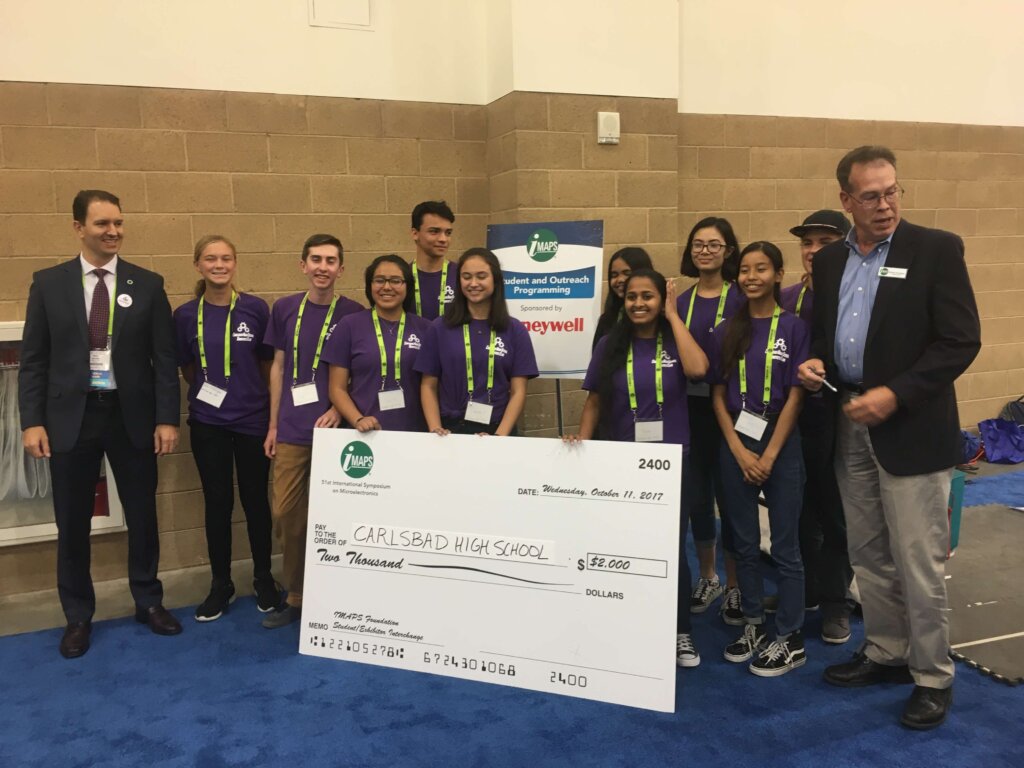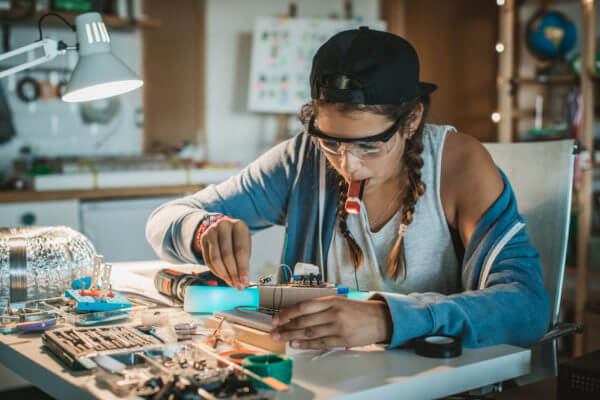 If what is expressed during ongoing discussions on gender diversity and inclusion at semiconductor and packaging industry events is true, then the overarching belief is that women are drawn to careers that help people. In science, they want to be doctors or researchers to find cures for cancer. It’s also been noted that the younger generation, in general, is interested in the societal benefits of technology. After listening to industry veterans discuss and debate best approaches recruiting more women to pursue careers in microelectronics & packaging industry, I had a small epiphany. Why don’t we ask the girls themselves?
If what is expressed during ongoing discussions on gender diversity and inclusion at semiconductor and packaging industry events is true, then the overarching belief is that women are drawn to careers that help people. In science, they want to be doctors or researchers to find cures for cancer. It’s also been noted that the younger generation, in general, is interested in the societal benefits of technology. After listening to industry veterans discuss and debate best approaches recruiting more women to pursue careers in microelectronics & packaging industry, I had a small epiphany. Why don’t we ask the girls themselves?

The opportunity presented itself during the 2019 IMAPS International Symposium in Pasadena, where two Carlsbad High School robotics teams; Buffalo Wings, a co-ed team, and Robopuffs, an all-girl team, showcased their entries for the 2018 FIRST Tech Challenge.
FIRST (For Inspiration and Recognition of Science and Technology) is an organization started by inventor and entrepreneur Dean Kaman to “inspire young people to be science and technology leaders and innovators, by engaging them in exciting mentor-based programs that build science, engineering, and technology skills, that inspire innovation, and that foster well-rounded life capabilities including self-confidence, communication, and leadership. The programs are designed to “engage kids in kindergarten through high school in exciting, mentor-based, research and robotics programs that help them become science and technology leaders, as well as well-rounded contributors to society.”
Dora and Pajaka’s Stories
Dora Palacios and Pajaka Lakschmin are both sophomores at Carlsbad High School. They’ve both been in robotics clubs since the third grade.
“My school had a club that offered robotics. I decided to try it and loved it,” said Dora.
Pajaka’s mother suggested she try the club. “I loved the coding part,” she said.
Dora and Pajaka explained that it’s not just about building the robots. There are three clubs at Carlsbad HS – all girls, all boys, and coed. The clubs are divided into four areas: hardware, software, outreach, and core values. Students can choose whatever departments they want to work in. They learn gracious professionalism and develop business and community skills along with learning technology.
According to Dora and Pajaka, there are more girls on the teams now than when they first started. That’s why there’s an entire team of just girls. There are 15 people on a team. They all meet at the same time and often work together. But when it comes time for the competition, they compete separately.
Dora chose to join Buffalo Wings because she figures it will give her more experience for a real job. “I’m not going to be working with just girls,” she explained. She says there are more fresh ideas with both boys and girls contributing.
Pajaka says she likes to try everything and chose Robobuffs because she says she gets more of a chance to do that. On the coed team, she says the boys tend to do the mechanical and coding parts, and girls focus on outreach and core values.
Dora plans on a career in robotics and says she will study mechanical engineering at a four-year university. Pajaka isn’t sure if she will stay with robotics or branch out, but she plans on studying biomedical engineering.
What Are the STEM Career Paths?
Both Pajaka and Dora said kids aren’t aware of all the possible career paths in science. They think having a degree in science means you’ll end up working a lab. They don’t imagine doing something cool, like robotics.
This echoed a point made earlier in the week during an informal brainstorming discussion at the IMAPS Symposium. by Dr. Anne Vanhoestenberghe, senior lecturer, Aspire Centre for Rehabilitation Engineering and Assistive Technology (CREATe), Univesity College London.
She explained that microelectronics & packaging isn’t identified as a career path on many college curriculums for students in engineering programs. She suggested we should increase awareness about the field, give it a recognizable name, and make it more relatable to attract both young women and men.

After spending the day at IMAPS Symposium, they said that organizations like IMAPS could expose younger generations to the possibilities of science. It’s also important to start as early as middle school, they advised. By high school, kids already have a fixed mindset and get to choose their own classes that will dictate their future careers.
They offered the following suggestions for ways to reach more kids:
- Demos in schools
- Public speakers
- Conferences designed just for kids
“This was an amazing opportunity,” said Pajaka, of attending IMAPS Symposium and touring the floor. “I never imagined there were some of these tools, like the plasma treatment systems.”
A semiconductor trade show just for kids? Something to think about! ~ FvT



















